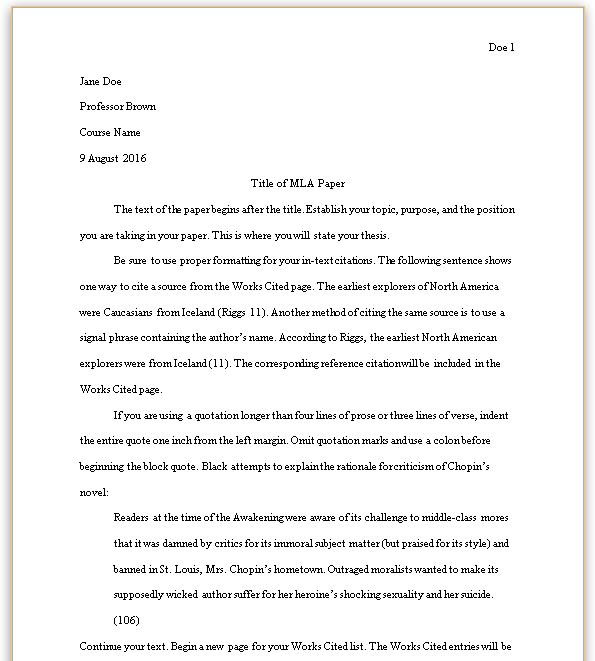Correlational Research Design
- A research approach where two or more variables are measured to determine the degree of relationship between them.
Key Characteristics of Correlational Designs
- No Manipulation: Variables are observed as they naturally occur.
- Low Control: Limited ability to control extraneous variables.
- No Causal Inferences: Relationships between variables do not imply causation.
Distinctions and Misconceptions
- Correlational Designs ≠ Correlations:
- Correlational designs refer to the research methodology.
- Correlations are statistical measures used within or outside of correlational designs.
- True or False:
- The mere fact that a study uses correlations to analyze data does not necessarily make it a correlational design.
- True. A study might use correlation analysis but still follow an experimental or descriptive research design.
- The mere fact that a study uses correlations to analyze data does not necessarily make it a correlational design.
Types of Correlational Designs
- Predictive Correlational Design:
- Definition: Independent Variable (IV) data are collected before Dependent Variable (DV) data, with a time interval between the two.
- Concurrent Correlational Design:
- Definition: IV and DV data are collected at approximately the same time, without a significant time gap.
- Postdictive Correlational Design:
- Definition: DV has already occurred in the past, and IV data is collected afterward.
Methodological Concerns with Postdictive Correlational Design
- Selective Sampling:
- Samples may not be representative, leading to biased results.
- Influence of DV on IV:
- The occurrence of the DV could affect measurements of the IV.
- Archival Data:
- Data collected previously (archival) may have unknown quality or biased methods.
Archival Research
Definition:
- Research conducted using existing data (archival data) that the researcher did not collect.
Archival Data:
- Data found in public records or archives (e.g., police reports, insurance claims).
Limitations of Archival Data/Research
- Bias and Incompleteness:
- Often collected for non-scientific reasons, leading to incomplete or biased datasets.
- Post Hoc Nature:
- Difficult to rule out alternative hypotheses due to the after-the-fact approach.
- Susceptibility to Alternative Explanations:
- Heavy reliance on post hoc reasoning increases the risk of conflicting interpretations.
Setting for Correlational Designs
- Typically conducted in natural settings, where control over variables is low.
This overview outlines the fundamental principles, distinctions, and challenges associated with correlational research designs, ensuring clarity about their scope and limitations.
Don't use plagiarized sources. Get Your Custom Essay on
Correlational Research Design
Just from $13/Page


